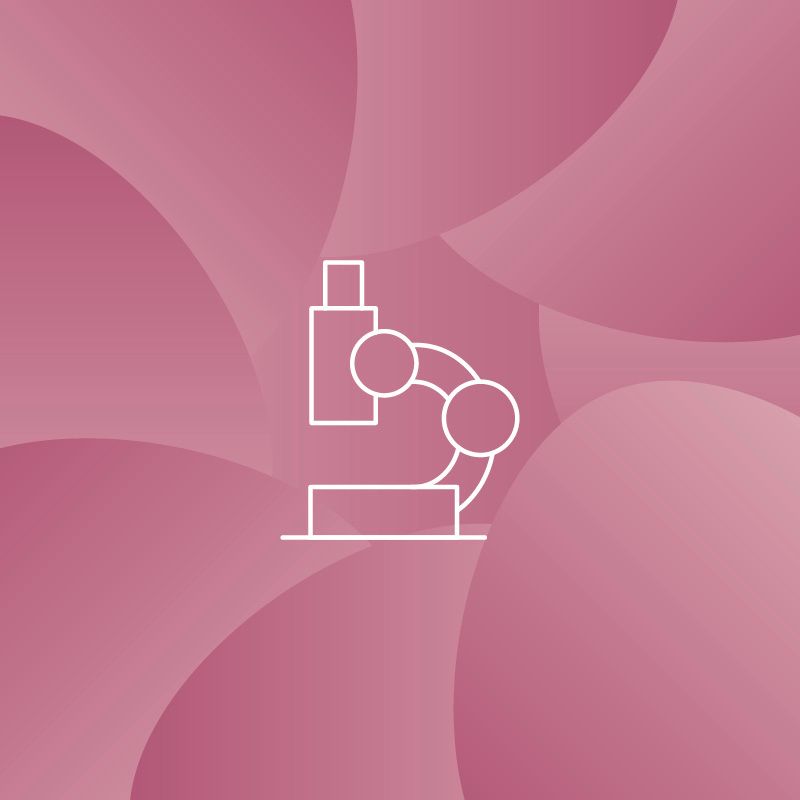
Breast cancer is the most common type of cancer in women worldwide and affects both younger and older women.
Early detection of breast cancer plays a crucial role in successful treatment. Regular self-examinations of the breast, mammograms and medical examinations are important measures to detect changes at an early stage. In the event of abnormal findings, rapid clarification and diagnosis are crucial.
Breast ultrasound
Ultrasound examination or sonography is a complementary examination procedure to mammography or MRI. For breast sonography - as breast ultrasound is also known - we use high-end ultrasound equipment from GE with high-resolution transducers. These devices are also used for ultrasound-guided tissue samples (punch biopsies).
We use ultrasound as a supplementary examination modality for young patients, for mammographically "dense" breasts, i.e. with limited radiotransparency, and for unclear focal or palpation findings.
Sonography is not suitable as the sole early detection method, as calcifications, which are used for the early detection of various types of tumors, can only be reliably detected with mammography.
The ultrasound examination is risk-free and can therefore be repeated as often as required.
Mammography
Mammography is an important examination method for the early detection of breast cancer. X-rays of the breast are taken to visualize changes such as lumps or microcalcifications in the breast tissue. Mammography is particularly recommended for women over the age of 50.
Breast MRI
Breast MRI (magnetic resonance imaging) is another imaging procedure used to diagnose breast diseases. This method provides detailed and high-contrast images of the breast tissue, which can be particularly helpful for women with dense breast tissue or for clarifying unclear findings in mammography.
Minimally invasive breast biopsies for clarification
If a change in the breast cannot be clearly assessed as benign with imaging, a tissue sample will provide information about the dignity.
Several tissue samples are taken from the abnormal area of the breast under local anaesthetic using a punch biopsy and examined histologically under a microscope. Abnormal lymph nodes in the armpit can also be clarified in this way.
The treatment of breast cancer depends on the stage of the disease and the biological characteristics of the breast cancer and consists of a multimodal therapy concept that includes a combination of surgery, radiotherapy and drug-based tumor therapy. This treatment concept is determined individually for each patient by experts from various disciplines as part of the interdisciplinary tumor board at the Breast Center.
Our aim is to respond to the individual needs of our patients and offer them the best possible treatment.
Online appointment booking
Would you like an appointment? It's quick and easy with our online booking tool - we look forward to hearing from you!
Learn more
Here you will find further information on the Senology department.




